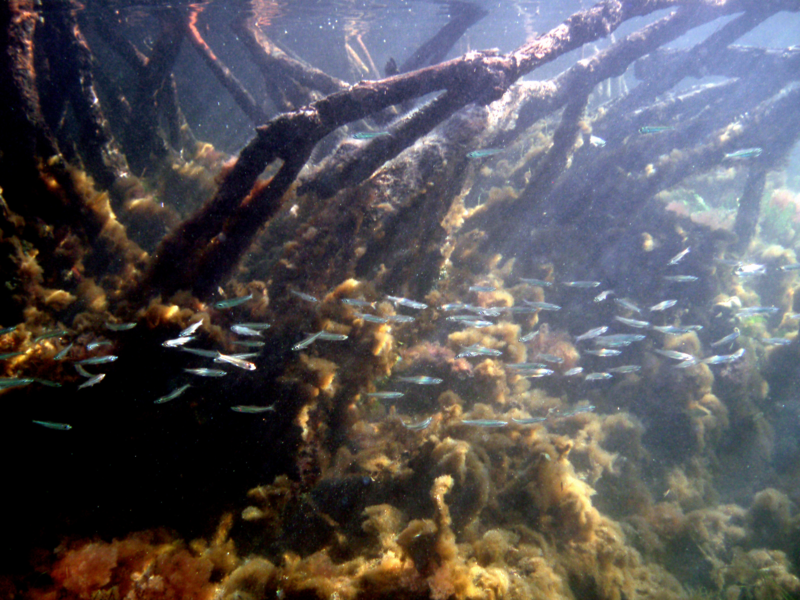What makes you believe detritus in our tanks isn't processed many times with fish eating other fishes poo, cuc in the sand, on and in the rocks and corals processing it, protein skimmers; mechanical filtration, chemical filtration, ATS's etc etc ? What I would like to see is some real research into detritus and I struggle to understand why there has not been. I could come up with a few conspiracy theories, however.
Your right it could be processed many times. But most of my detritus is fresh fish poo from what ive seen. My fish dont eat other fish poo. They spit it out. My tanks bb so i see it all, and most accumulates in the sump. The live rock that i have does release detritus from "bacterial tugor". That accumulates in the tank.
That said, in my last tank that was also bb, detritus didnt do anything to algal growth when all the livestock was removed, suggesting its not a sink.




















